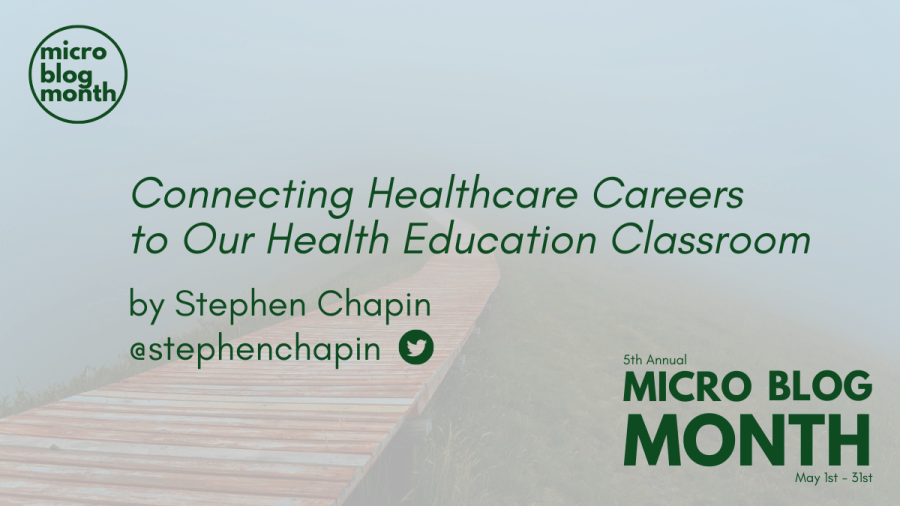While creating Health Education lessons, it’s crucial to recognize our classroom’s significant role in shaping our students’ future. Our aim is not only to foster healthier individuals but also to inspire them to extend this health consciousness to those around them. This journey towards self-improvement and community health also opens up a world of potential career paths for our students.
One of the key objectives in my Health Education classroom is to instill a passion for healthcare careers in our students. By introducing our students to local healthcare professionals, I aim to inspire them to consider these rewarding career paths.
Here’s how we can achieve this:
Mental Health/Stress – I invite a couple of mental health professionals to our classroom each time we teach this unit. This could be a school social worker, a licensed psychologist, or a psychiatrist. Their role is to share their experiences, discuss the services they offer, and explain the academic requirements to pursue a career in mental health. This way, students can connect a name to a face and understand how they could support students in the future.
Nutrition – Nutritionists are already part of our school systems. Every food service in the country has paid nutrition experts. We use TAHER foods here at St. James Public Schools, and our connection to Melanie Wirth from @TAHERFood4Life has been a game changer. In addition, our students plan, prepare, cook, and serve food in our cafeteria as part of our #10thGradeChefs program – which brings another opportunity to work with our local cafeteria staff (another underappreciated cog in the school system).
In addition, hospitals, nursing homes, and food chain corporations have available and accessible nutritionists who are more than willing to share in the classroom.
Alcohol, Tobacco, and Other Drugs – Adding an element of support and enforcement brings so many opportunities for future careers that are very enlightening to young people. As part of our ATOD unit in both 8th and 10th grade, I bring in police officers to discuss the challenges of the drug world from a legal and emotional side. They demonstrate Narcan use and discuss drug trends in our community along with the consequences if one is caught using, selling, or possessing an illegal substance. These officers also put a friendly name and face to someone who may have been in a student’s life in a not-so-friendly time.
I also connect classrooms with a drug and alcohol counselor. These are eye-opening conversations and they bring the world of addiction to the ears and eyes of our students.
Dating, Relationships, and Sexuality – This is one of my favorite units to teach, and I have recently begun working with a provider from the Mayo Health Systems as well as a public health nurse specializing in reproductive health care. Both of these individuals discuss local STI and pregnancy data, and highlight procedures for the prevention and treatment of STIs and support my teaching around pregnancy prevention methods.
As health educators, I am guessing most of us could come up with many other examples of healthcare professionals who would support our teaching and students. Here is a list of some others that I have used!
This microblog post was a featured post in #slowchathealth’s #microblogmonth event. You can search for all of the featured posts here. Please do follow each of the outstanding contributors on social media (including Stephen Chapin, the author of this post) and consider writing a microblog post of your own to be shared with the global audience of slowchathealth.com
Pair this post with the following:
Best Job in the World by Nick Russo
Advice to a New Teacher by Renee Reedhardt
Meet the Teacher by Andy Milne
Have you read the latest Book of the Month recommendation?

Pingback: Full Time Health Educator, Part Time Mayor – #slowchathealth